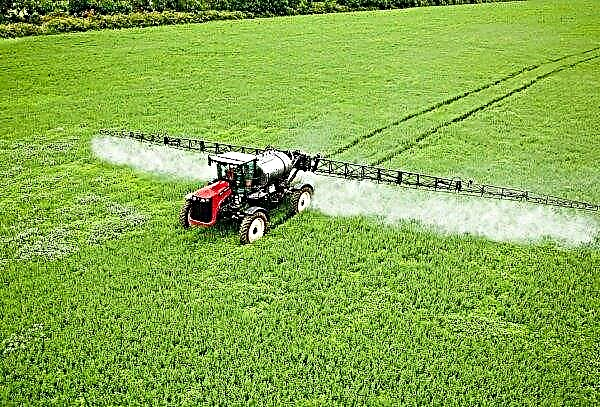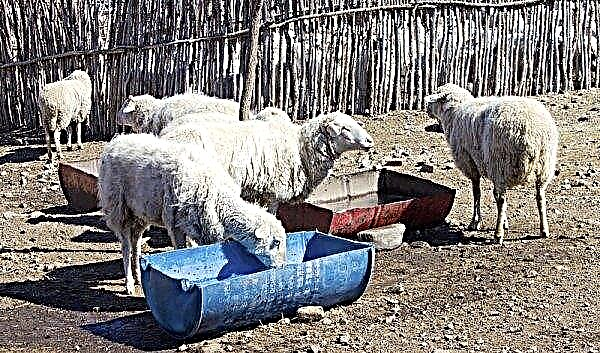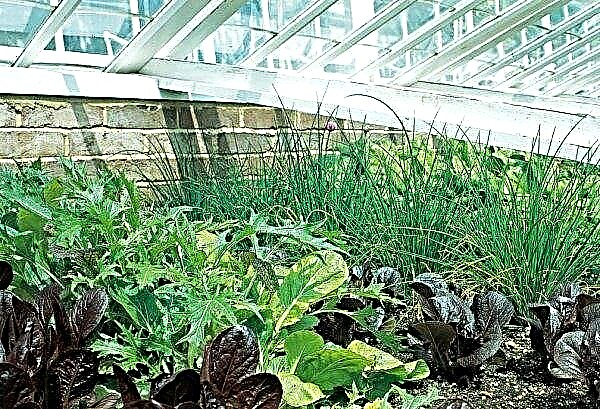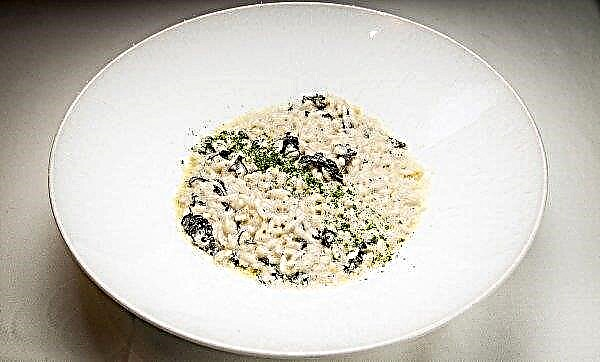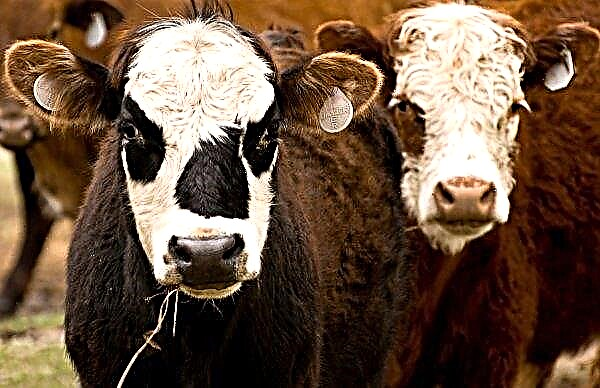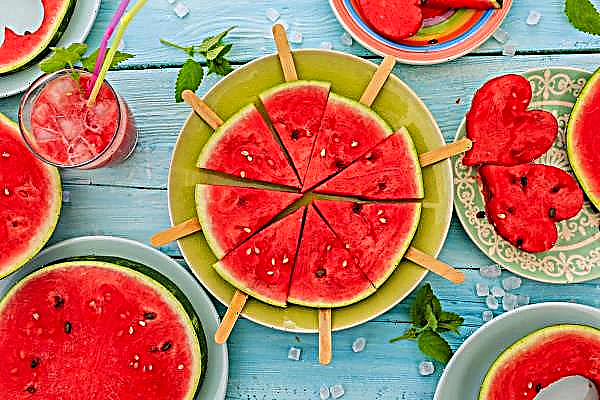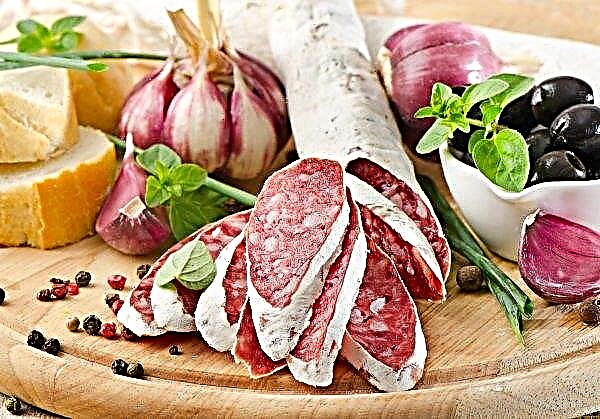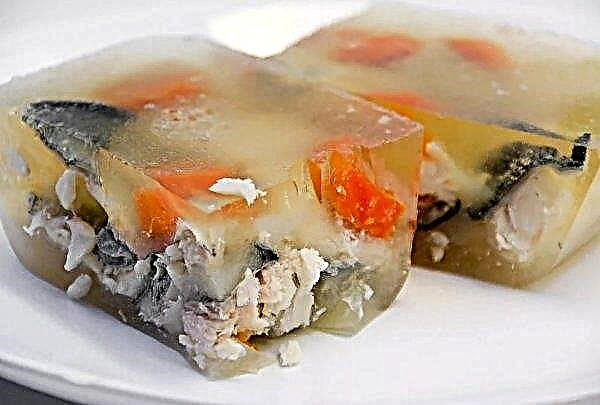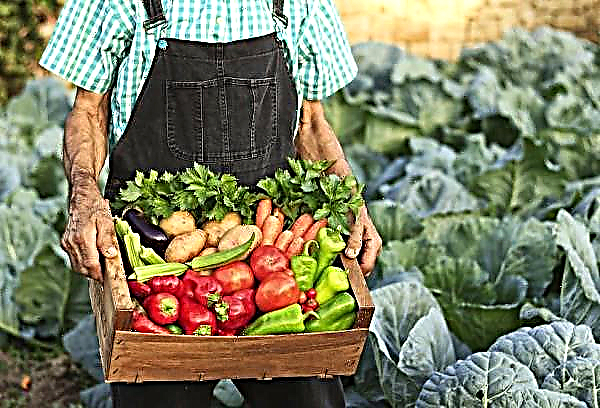Araucana is a rare breed of chickens native to South America. She is known for her laying eggs with an interesting blue tint. This interested European poultry farmers, who worked on improving the breed. Consider the main characteristics of the Araucan chicken breed and their features.
A bit of history
This breed of chickens began to be bred in the South American tribe of the Indians with the name Araucana, living in the foothills of the Andes, back in the pre-Columbian time. The Indians used the fighting qualities of roosters, arranging cockfights. It was believed that the tail only interferes in the fight, so only tailless individuals were bred. The first mention of laying eggs with blue eggs in European sources dates back to 1526. Although this is an ancient breed, it became known to the general public only in 1926 at the World Scientific Association of Poultry Breeders in Europe. Some breeders from different countries showed interest in exotic hens with an unusual color of eggs and began to work on their breeding and improvement. Therefore, the Araucan breed has more than one standard.
Although this is an ancient breed, it became known to the general public only in 1926 at the World Scientific Association of Poultry Breeders in Europe. Some breeders from different countries showed interest in exotic hens with an unusual color of eggs and began to work on their breeding and improvement. Therefore, the Araucan breed has more than one standard.
Breed description
Chickens of the Araucan breed can be immediately recognized by the absence of a tail; their fawn is not developed at all. If there are feathers on the tail, then they are simply cut off. These hens of the decorative-egg direction are most often bred because of the color of their eggs, which have shades of turquoise.
Important! English and American standards allow the presence of a tail, but the British require the presence of a crest. Unacceptable shortcomings include if it is too developed. Individuals with a different (not bluish or greenish) color of eggs, clumsy angular addition, too narrow body, fell by the crest of males, too pronounced beard, lack or lack of feather buns also reject.
Appearance
The appearance of these chickens can be found in the table below.
| Head | Small, with a crest, cisterns or brushes of sufficient length |
| Crest | Small, pea-shaped or pod-shaped |
| Beak | Medium, slightly bent down |
| Neck | Medium sized |
| Chest | Wide, but not particularly bulging forward |
| Stomach | Well developed |
| Wings | Medium, tight to the body |
| Tail | Must be absent |
| Paws | Medium in size, blue-green, neoplastic, only 4 fingers on each paw |
| Plumage and color | The plumage itself is dense over the body. 12 colors are standardized: wild, black, with a golden or silver mane, black-red, cuckoo and with blue shades (wild blue, bordered, wheat-blue, blue with golden mane and just blue). Feather tanks and crests are long, well defined. |
Did you know? Delayed puberty occurs in fatty chickens or in individuals that were hatched in the cold period (fall-winter). Fatties for the onset of egg production are planted on a monthly diet.
Character
Araucan males are pugnacious and aggressive towards males of any breed. They can even attack the owner if they sense in him a threat to themselves and their family. Chickens have a peaceful and calm disposition, but not very good mothers. Only one individual out of 7 layers has a maternal instinct.
Advantages and disadvantages
Chickens of the Araucan breed have such advantages:
- unpretentiousness;
- their health and egg production are not affected by molting and weather changes;
- easily tolerate climate change and temperature changes;
- unique color of eggs;
- early ripening;
- high survival of offspring and viability of adults;
- exotic look.
The minuses include the following:
- pugnacity of males;
- the presence of a semi-lethal gene that causes early death;
- the laying instinct is absent in layers;
- the rarity and paucity of breed representatives.
Content Features
Due to the cocky behavior of males, Araucans should be housed separately from other breeds if the family already has a male. Otherwise, their maintenance and care are the same as for other, more familiar to us poultry.
Did you know? The number of all chickens raised by humans exceeds the size of humanity by 3 times.
Bird house
The premises for chickens of Araucan breed should be equipped in the same way as for ordinary chickens. These unpretentious birds can be kept in various conditions - from cages to free-range walking. In a familiar outdoor type poultry house, the calculation of the area should be based on living per 1 sq. Km. m no more than 4 hens. It will be optimal to make zoning aviaries for each family to exclude fights. One rooster can pay attention to no more than 8 females. The house should also be equipped with perches (30 cm per individual) and nests (one for 5 brood hens). The floor can be made wooden, concrete or earthen. Each of them has its advantages and disadvantages, but in any case there should be a bed of hay, straw or sawdust. In the summer, a better option would be to choose a bed of sand, more convenient for cleaning. Litter and premises should be regularly cleaned, as well as general disinfection 1–4 times a year. This breed can easily tolerate cooling down to -6 ° C, and its representatives can be kept in a climate with warm winters without heating the house.
The floor can be made wooden, concrete or earthen. Each of them has its advantages and disadvantages, but in any case there should be a bed of hay, straw or sawdust. In the summer, a better option would be to choose a bed of sand, more convenient for cleaning. Litter and premises should be regularly cleaned, as well as general disinfection 1–4 times a year. This breed can easily tolerate cooling down to -6 ° C, and its representatives can be kept in a climate with warm winters without heating the house.
It should be noted that the best temperature to achieve the highest productivity indicators is a temperature of 17–20 ° С. For the same reason, the house should be additionally lit in the winter. Provide ventilation or ventilation without drafts. For a small room, a window will be enough. It is also necessary to install feeders, drinking bowls and an ash bath.
Walking patio
Layer productivity increases with walking. Sunlight contributes to a more intense color of eggs, so it is recommended that birds walk even in cold weather to -5 ° C. To do this, you should make and equip a walking yard. It is best to put a fence from 1.5 meters high from a metal mesh. It is not necessary to close the paddock on top - Araucans fly poorly. The leeward side (especially if it is the north) should be covered with shields or other material available on the farm. Be sure to make a canopy to protect the birds from the hot rays of the sun and rain. The role of such a canopy can be performed by a tree with a fairly thick crown. The territory of the walking yard needs to be equipped with drinking bowls and feeders, as well as an ash bath.
Be sure to make a canopy to protect the birds from the hot rays of the sun and rain. The role of such a canopy can be performed by a tree with a fairly thick crown. The territory of the walking yard needs to be equipped with drinking bowls and feeders, as well as an ash bath.
Feeding troughs, drinking bowls, ash baths
In places of keeping and walking birds should provide their food and watering. For hygienic reasons, you need to choose such feeders and drinking bowls in which chickens could not step on their feet and contaminate their food and drink. Options that should be mounted on a wall or fence at some distance from the ground are well suited. It is important that drinking bowls and feeders can serve all birds, and be installed in an elevated place, where in case of bad weather puddles do not form.
Important! Keep your feeders clean and in a timely manner clean the food not eaten, as stale food can be dangerous and lead to severe poisoning, as well as contribute to the spread of various infections.
It is necessary to monitor the quality and availability of water in drinking bowls in the summer. It will be convenient to use a drinker with auto-filling of sufficient capacity. Araquans have dense plumage and for them the presence of ash baths is very important, which is in the house, on the street. Various containers of sufficient depth and wingspan can serve as such a bath; they are filled with a mixture of ash and sand. Bathing in them serves as an excellent prevention of the appearance of parasites on the feather cover.
Season molt and egg laying break
With good care, the laying hens of the Araucan breed continue to lay eggs even during molting. To do this, they should provide good nutrition with sufficient intake of vitamins and minerals needed during this period.
Herd replacement planned
Araucans can be carried up to 10 years, but the best egg production in chickens of this breed takes up to 2 years. Then measures should be taken to change the layers. In order not to engage in the search and purchase of young animals or hatching eggs of this rare breed, you can grow a new shift yourself.
Important! Even having created all the conditions for a successful conception, it must be taken into account that mating in this breed is complicated due to anatomical reasons and only about 60% of the eggs can be fertilized.
However, to breed this breed is not easy. The following points should be considered:
- for successful fertilization, the females are trimmed with feathers on their tail around the 5 cm cloaca, which interfere with conception. Otherwise, the likelihood of sterile contact with the rooster increases. This procedure is carried out every 20 days;
- laying hens of this breed do not have a hatching instinct, which means that it will be necessary to use an incubator or lay blue eggs in another chicken breed, in which it is well developed;
- an individual with a crest is combined with an individual without it - this significantly reduces the transmission of a semi-lethal gene.
Feeding ration
Chickens and chickens of the Araucan breed are fed in the same way as other decorative-egg or meat-egg breeds.
Chickens
The food of chickens of the Araucan breed does not have any features. The first 7 days, their diet consists of crushed boiled eggs, which are mixed with cereals (semolina, millet), as well as cottage cheese and greens. When cooking egg mixers adhere to this proportion: 50 g of porridge are taken per 1 egg. You can purchase specialized compound feed for chickens, which contains all the necessary trace elements for babies.
After three days, you can give wet mixes of yogurt and cereals (wheat, corn, oat). From the fifth day, chopped green herbs are added to the diet: nettle, clover, dandelion and alfalfa. Then you can switch to feeds appropriate for age. It is important to give clean water and change it more often to avoid intestinal infections.
Adult chickens
Adult birds are fed at least three times a day. Usually in the morning and in the evening they give the grain in a dry form, and a damp mash is prepared for lunch. The feed mainly consists of cereals (about 50-60%). Be sure to add vitamins and minerals to the diet, especially in the winter. In summer, birds receive enough nutrients during grazing in the form of fresh herbs. In the cold period, for the intake of vitamins, pumpkin, root vegetables (potatoes, carrots, beets, zucchini and others), bone and fish flour are added to the feed.
It should be noted that araucans are birds from the tropics and they need greens in the diet. Therefore, in winter, when there is no fresh grass on the paddock, it is recommended to include chopped needles in the diet; it is poured into a separate container and placed near the feeders. Sprouted grains are also great. Gravel should also be placed near the feeders, which helps to improve the digestive process in birds.
You can give food waste as feed, but they must be fresh. This will help save money on the purchase of feed. Overfeeding birds for the purpose of faster weight gain is not worth it. A large amount of feed will not contribute to a rapid increase in mass, but overeating can inhibit the development of young animals and reduce the laying capacity of laying hens. The daily rate for one individual should be approximately 150 g. In the first year of life, young animals are recommended to include in the diet compound feed with a high protein content for active growth. As a source of calcium to improve productivity, you can use chalk, crushed shells or special additives that can be purchased in specialized stores. So, the Araucan chicken breed is kept mainly for the sake of an interesting turquoise hue of eggs. They are unpretentious in the content and feeding, but there are solvable problems with reproduction.
In the first year of life, young animals are recommended to include in the diet compound feed with a high protein content for active growth. As a source of calcium to improve productivity, you can use chalk, crushed shells or special additives that can be purchased in specialized stores. So, the Araucan chicken breed is kept mainly for the sake of an interesting turquoise hue of eggs. They are unpretentious in the content and feeding, but there are solvable problems with reproduction.

